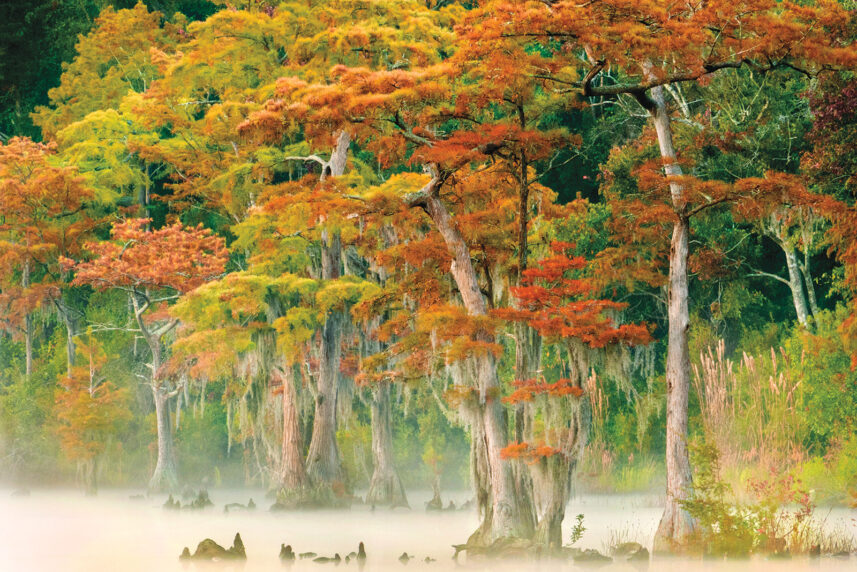Article:
BY TOM POLAND | PHOTOS BY ROBERT CLARK PHOTOGRAPHY (unless otherwise noted)
It was quite the adventure. For seven years photographer Robert Clark and I explored Carolina bays in Georgia and the Carolinas. From all those days and nights, one memory stands tallest: daybreak in Bladen County. On a cold October night, when thousands of stars salted the sky, Clark and I camped at Jones Lake State Park. Come daybreak, dew lacquered everything silver. Sleepy-eyed and cold, we made our way to Jones Lake and a spectacle. Aurora, Goddess of Dawn, was spreading her gown over coral waters, and all that grayness hid secrets.
We watched the fog swirl and extend gray wings as a plume soared midsection. Within the fog’s heart, an eruption of feathers shattered the silence. Materializing like phantoms, wingtips flailing the water, Canada geese launched down their watery runway, leaving an anhinga behind.
As geese circled Jones Lake, the sun burned away the fog. The magic ended, but it lives on as the title spread of our book, “Carolina Bays, Wild, Mysterious, and Majestic Landforms.”
Those mysterious Carolina bays … few know about them, and even fewer venture into them. Carolina bays are elliptical depressions in the Atlantic Coastal Plain. From southern New Jersey to northern Florida, bays oriented northwest to southeast along their axis parallel each other, a string of jade teardrop-like pendants. They vary from a few square feet to thousands of acres. Isolated wetlands, they sometimes occur as smaller bays nested inside larger ones.
Most bays feature a cypress swamp, pond and savanna. Some feature a white sand rim along their southeastern edge. People see them at ground level and think, “a swamp or ancient sand dune.” Fly over them, however, and you’re in for a shock.
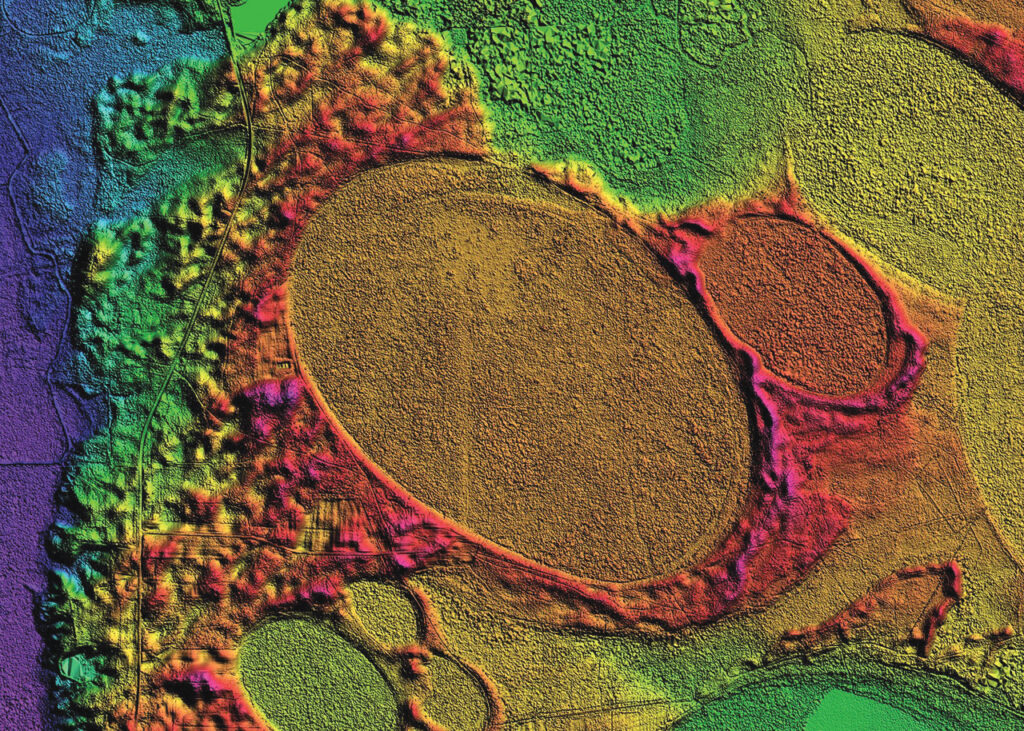
STARTLING PHOTOS
In 1930 Fairchild Aerial Photography Corporation surveyed Horry County. Its Fairchild FC-2 Cabin Monoplane crisscrossed the coastal plain recording a staggering finding: egg-shaped landforms oriented northwest to southeast.
The similarity to craters on the moon could not be denied.
Thousands stipple the landscape. Light Detection and Ranging (LiDAR) laser technology could confirm a million. Jerry Reynolds, Carolina bay authority and head of outreach at the North Carolina Museum of Natural Sciences in Raleigh, has seen estimates that 400,000 to 2.5 million bays exist in the Southeast. Most bays occur in the Carolinas, hence “Carolina.” Why “bays?” Because bay trees—magnolias and laurels—dominate them.
James Luken, Ph.D., professor of biology and associate dean at Coastal Carolina University in Conway, South Carolina, studies wetland ecology and carnivorous and aquatic plants. “What makes bays unique are the different habitats, wild plants and wildlife.”
Bays’ water depths, sand rims and peat mats nurture botanical stars … water lilies, sedges, red bay, sweet bay, butterworts, sundews, gallberry, white- and yellow-fringed and rosebud orchids, and the rare Wells’ pixie moss. You’ll find the Venus flytrap, which Charles Darwin called “the most wonderful plant on Earth” in Carolina bays—and pine flatlands within a 90-mile tract from Horry County to Wilmington. Duped insects provide what barren soils cannot—sustenance. (The U.S. Fish and Wildlife Service is evaluating whether the Venus flytrap merits threatened or endangered status, which would provide federal protection under the Endangered Species Act.)
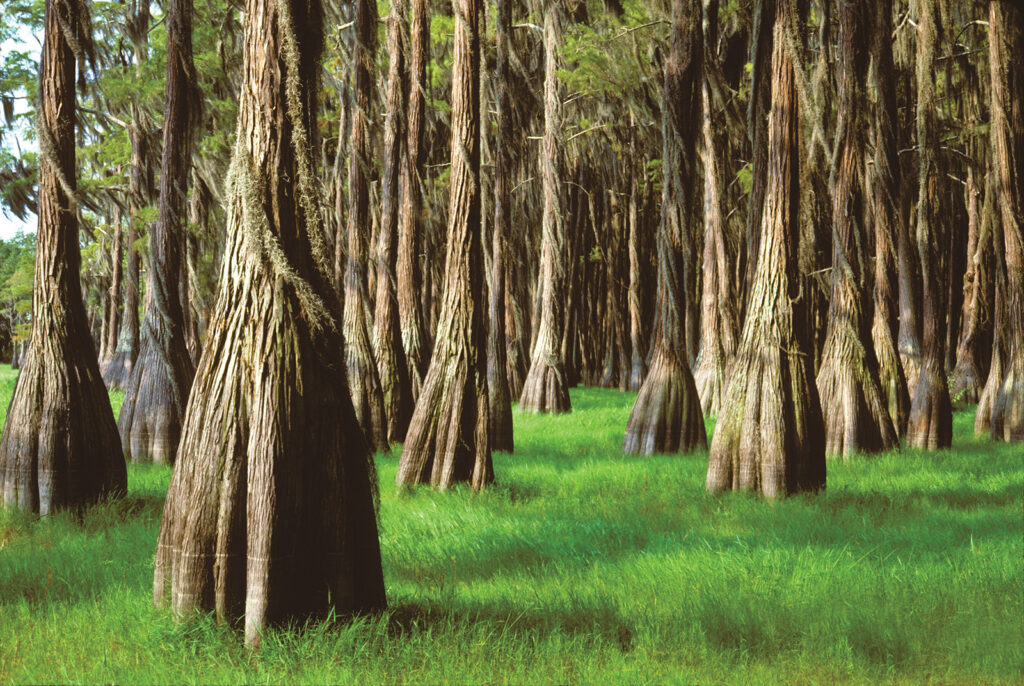
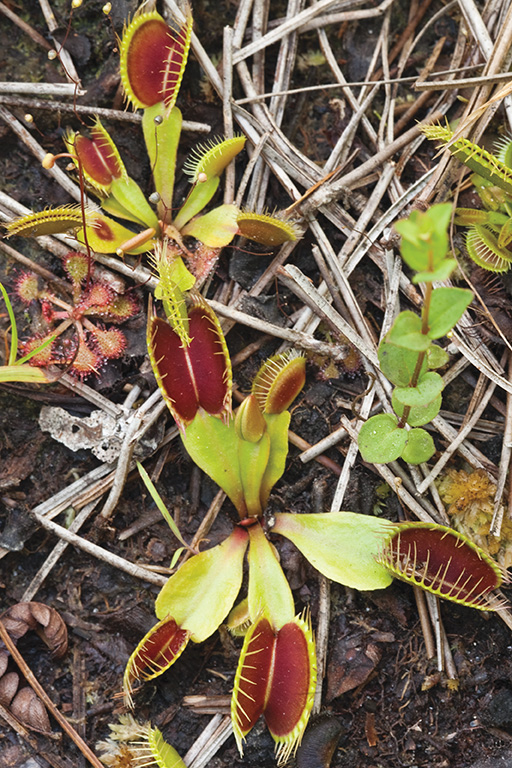
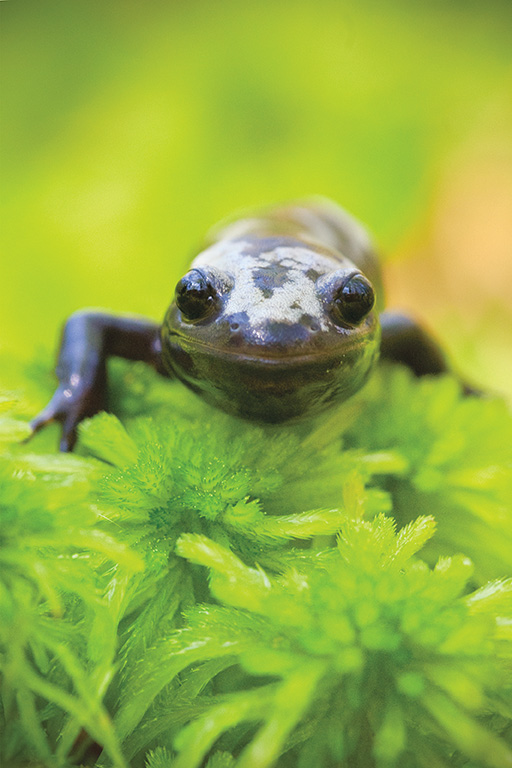
ORIGIN THEORIES
Few things equal the beauty of a cathedral-like bay at sunset. Sunlight slants across black water, throwing cypress knees’ jagged shadows afar. Backlit Spanish moss glows as motes of organic matter sparkle in shafts of light. Buttressed cypresses uphold an impenetrable canopy, yet light seeps in. An African-like savanna ripples beneath gathering winds. A walk along the sandy rims feels beach-like, but alien plants sprout here. Carolina bays are unearthly, so the question must be asked: Did meteorites create Carolina bays?
First, other theories. One theory claims dinosaur footprints created the bays. Ancient volcano activity makes the list. Others claim ancient buffalo wallows formed them. Henry Savage Junior’s book, “The Mysterious Carolina Bays,” proposed that meteors created the bays. The late attorney’s theory had a big problem: Not one meteorite fragment was found in a bay—no nickel, no iron. No ejecta.
Some believe an icy comet exploded near Saginaw, Michigan, ejecting a sand and water slurry that peppered the Atlantic Coastal Plain. Dr. Lee Phillips, associate professor of Geology at UNC–Greensboro and other researchers who used core sampling, optically stimulated luminescence dating and other techniques to determine the Carolina bays vary rather significantly in their ages, ranging from 130,000 years old to 8,000 years old or less. A comet’s cataclysmic origin would give all bays the same age.
In 1977, Ray T. Kaczorowski developed a thesis that explains how wind and waves shaped the bays into ovals. Kaczorowski authored “The Carolina Bays And Their Relationship To Modern Oriented Lakes” while working on his Ph.D. in geology at the University of South Carolina.
Luken favors the wind and wave theory. He has seen the process in action. “Up on the coastal plain of the Arctic near the Bering Sea they have footprint lakes that look just like Carolina bays. Up there it’s peaty and you can watch the ends of the lakes eroding and forming the tips of the ellipses. This less exciting explanation is probably the better one.”
What remains a mystery, however, is what created the depressions themselves?
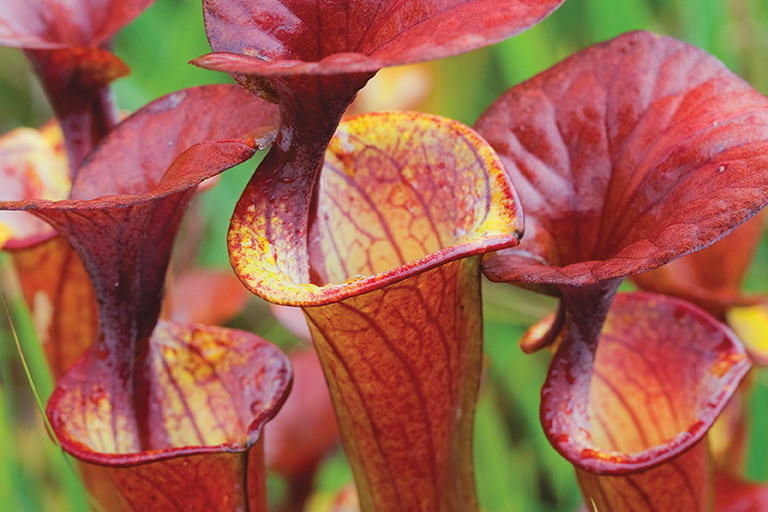
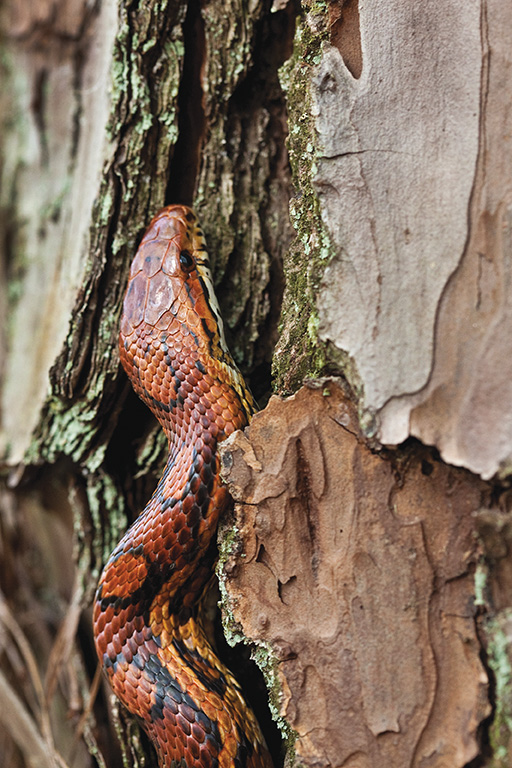
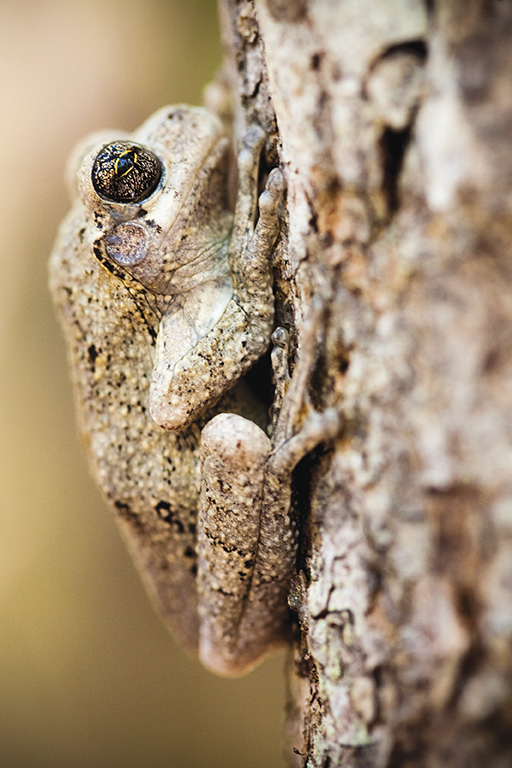

NORTH CAROLINA BAYS
Jones Lake is a classic Carolina bay, of which North Carolina State Park literature says, “Venture to Jones Lake State Park and view one of the greatest geological mysteries of the eastern United States—the phenomenon of the Carolina bays.”
Lake Waccamaw, the largest Carolina bay in the Carolinas, enjoys two other distinctions: It’s spring-fed and forms the headwaters of the Waccamaw River. Native American legend says a bright ball falling from the heavens created it. When you see it on a map, you cannot mistake its elliptical shape. To the casual observer it looks like a man-made reservoir where nice homes fringe its shores.
Near Elizabethtown, Singletary Lake lies within the 35,975-acre Bladen Lakes State Forest. This bay, almost 4,000 feet long, features a pier and nature trail. Buttressed cypresses draped with moss stand in the lake here and there, and when fog closes in they become apparitions.
Writers find inspiration in places like Singletary Lake. Heather Ross Miller, a North Carolina writer, lived by Singletary Lake. Her poem, “Thoreau at Night,” contains bay-inspired lines.
“Then—outside! The pond with its white sand and patient scrub of water, back again, back again.”
In an essay, she writes of origin theories. “And the conjecture was that these Carolina bays had been created several ways. By ancient winds sweeping and dipping the sand into these perfect ovals, which then filled with rainwater or swamp springs.”
Maybe Bob Welch referred to a Carolina bay when he wrote Fleetwood Mac’s “Hypnotized” and its “strange, strange pond” in the North Carolina woods. “And if any man’s hand ever made that land, then I think it would’ve showed.” Man’s hand has turned them into soybean fields, highways, golf courses, shopping centers and more. Our protected bays stand as treasures.
Undisturbed bays quietly do what they’ve always done: control floods, purify water, stockpile carbon and give humankind a place to sort things out. Add clean air, sediment retention and nutrient recycling to the benefits. And something vital: They give us beauty and mystery.
From the early 1980s when I first learned of Carolina bays to today, one thing consistently amazes me: Few people know anything about them. Here’s hoping our populace and leaders in government and industry understand just what a rare and beautiful thing Carolina bays are. I hope people will spread the word as to how Carolina bays serve as wildlife repositories. A pristine or undisturbed bay is a rarity. I hope we see more carnivorous plants and sedges; that the future brings more wildness to our part of the world, and that the mystique of the Carolina bays fascinates future generations.
Friends and I were discussing these strange and beautiful ellipses one night when a fellow broke into our conversation. He seemed knowledgeable. “Those bays are beautiful sure enough. Grew up next to one.”
Then this. “Meteorites really did create them, you know,” he said. “Venus flytraps prove it. A plant like that had to come from outer space.”
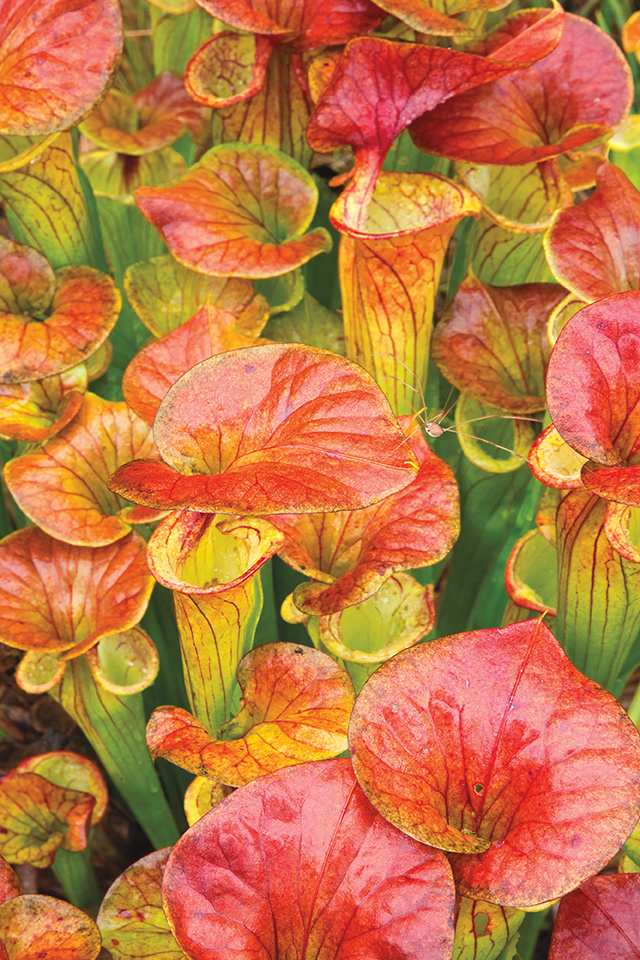
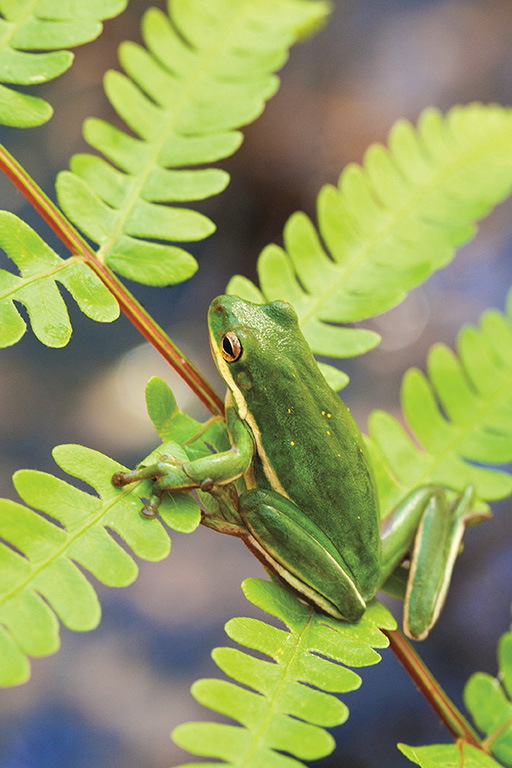
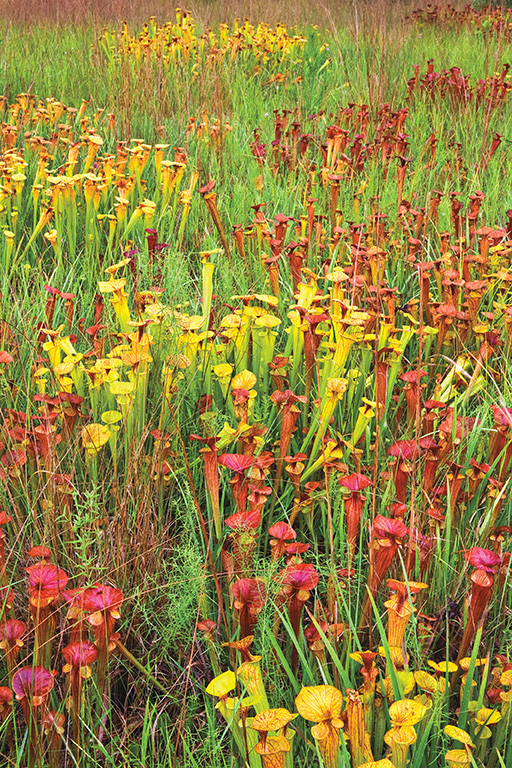
Share a bay moment with me … A lonely bobwhite whistles and a barred owl answers. A deer leaps through the undergrowth, white tail erect, and vanishes into greenery. Surf-like wind in treetops, the rising-falling music of cicadas join the mix … the wind blows a familiar refrain my way: a chorale of frogs and birds. Frogs croak and bark in the wet interior where lush sedges grow. The sedges’ bright green stands out and the way they rise and fall beneath the wind renders them into emerald rivers … I’m standing on the edge of now gazing into the past, time traveler that I am.
Thanks to an unfortunate U.S. Supreme Court ruling, bays are not protected by the Clean Water Act as they’re considered isolated wetlands with no inflowing or outflowing streams. It’s hoped this situation will be corrected.
Visit 5west.com for more stories from Western Wake and beyond.
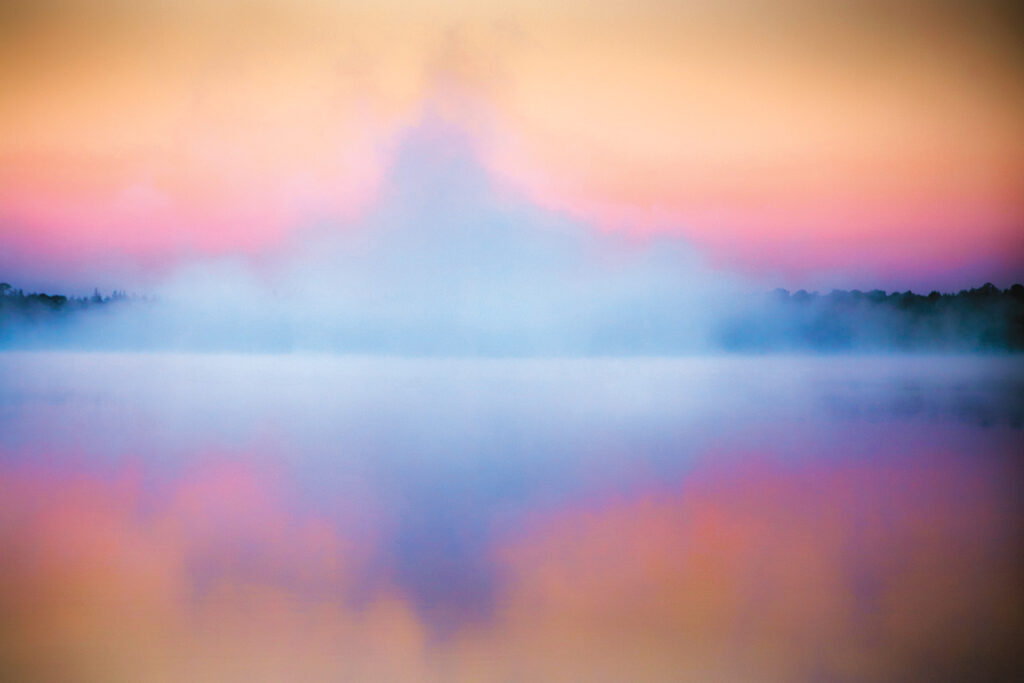
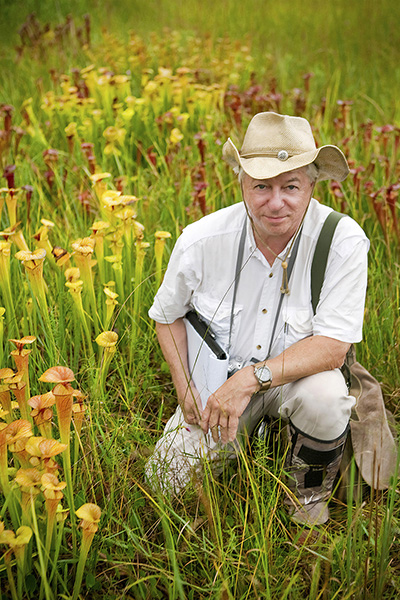
Tom Poland is the author of “Reflections of South Carolina, Vol . 2” along with a number of other books about exploring nature and the backroads of Georgia and the Carolinas. Photo on left and the other photos in this story were taken by Robert Clark Photography.
